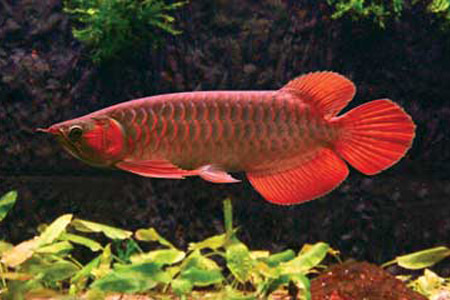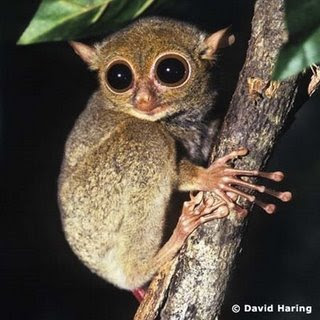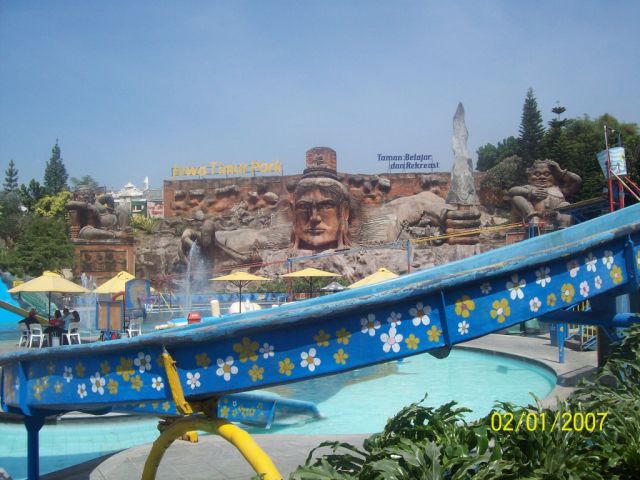
Labuan Bajo is a fishing town located on the western coast of Flores in the Nusa Tenggara region of Indonesia. Labuan Bajo, also spelled Labuhanbajo, is a city at the tip of Flores Island in Indonesia. It is the launching point for trips to Komodo Island and Rinca Island to see Komodo dragons and the surrounding sea is idealic for diving and snorkeling.
Nearby Seraya Island is a great opportunity to do some diving and snorkeling and every evening at Kalong Island thousands of flying fox bats put on an amazing display.
Perama tour Hunting Komod by camera trip, it a trip started from Lombok, it leaves every six day from lombok and also the other way around. with price for cabin is around Rp.2,600,000 or you can choose a deck class for Rp.2,000,000 where you get to sleep with a thin carpet, it is not really an open water because it coasting along the coastal line and most importantly it has the navigation and safety equipment. It takes you to visit some spots along the way to Labuan Bajo and Komodo.

Komodo National Park encompasses a lot of water and islands west of Labuanbajo. If you want to go to Rinca or Komodo islands, or dive in the park you will have to buy a 3 day park pass for US$15. Money from such user fees goes into conservation efforts.
One of the more spectacular displays of nature in the area is at Kalong Island (Indonesian: Pulau Kalong; also spelt Kalung), which literally means "Flying Fox Island." The name is quit appropriate as the island is home to thousands of Kalong, or giant flying fox bats. Boats to Kalong can be chartered from Labuanbajo for around $30 for a return ride, including a snorkeling stop at a nearby island before you reach Pulau Kalong. Your boat will situate itself next to the mangrove island and at dusk literally tens of thousands of flying foxes emerge from the mangrove island and move over your boat towards Rinca Island. For the entire colony to emerge will take roughly twenty minutes of continuous waves of bats passing over your boat. The boat ride to/from Labuanbajo will take roughly one hour.
Kanawa Island (Indonesian: Pulau Kanawa) is considered as one of south east Asia's most idyllic islands, fully surrounded by spectacular reef with thousands of fish species, turtles, corals and reef sharks, sometimes it is possible to see some mantas just around the arrival jetty. Kanawa island is just 10 km away from Labuan Bajo (about 1hr with a local boat or 10 minutes with speed boat) and located just at the boarders of Komodo National Park.
Seraya Island (Indonesian: Seraya Kecil or Seraya Pulau) is an idyllic island and a great opportunity to get away from civilization and do some snorkeling and diving. Seraya is little more than a small, arid island outside of the Komodo National Park with a few bamboo huts for tourist lodging, a restaurant, and some villagers who let their goats graze on vegetation. The island’s cove is protected from the sea providing calm and clear water for snorkeling. At low tide the coral is exposed and local fishermen walk on the reef in search of prey. Rowboats can be rented and taken to nearby islands for snorkeling and diving.

Rinca Island (Indonesian: Rinca Kecil or Rinca Pulau) is a more convenient place to see Komodo Dragons than Komodo island. Some dive operators might be convinced to combine a stop at the island with a days diving. There are big dragons that are often right in front of the pier when people arrive.
Scuba Diving within the park is excellent, probably one of the best in the world. Mostly because of higher biodiversity than any elsewhere in the world. There are three main dive operators that offer day dives as well as live aboard opportunities: Bajo Dive Club, Dive Komodo, and Reef Seekers. Be aware that the currents at some sites can be quite strong.
Nearby Seraya Island is a great opportunity to do some diving and snorkeling and every evening at Kalong Island thousands of flying fox bats put on an amazing display.
Perama tour Hunting Komod by camera trip, it a trip started from Lombok, it leaves every six day from lombok and also the other way around. with price for cabin is around Rp.2,600,000 or you can choose a deck class for Rp.2,000,000 where you get to sleep with a thin carpet, it is not really an open water because it coasting along the coastal line and most importantly it has the navigation and safety equipment. It takes you to visit some spots along the way to Labuan Bajo and Komodo.

Komodo National Park encompasses a lot of water and islands west of Labuanbajo. If you want to go to Rinca or Komodo islands, or dive in the park you will have to buy a 3 day park pass for US$15. Money from such user fees goes into conservation efforts.
One of the more spectacular displays of nature in the area is at Kalong Island (Indonesian: Pulau Kalong; also spelt Kalung), which literally means "Flying Fox Island." The name is quit appropriate as the island is home to thousands of Kalong, or giant flying fox bats. Boats to Kalong can be chartered from Labuanbajo for around $30 for a return ride, including a snorkeling stop at a nearby island before you reach Pulau Kalong. Your boat will situate itself next to the mangrove island and at dusk literally tens of thousands of flying foxes emerge from the mangrove island and move over your boat towards Rinca Island. For the entire colony to emerge will take roughly twenty minutes of continuous waves of bats passing over your boat. The boat ride to/from Labuanbajo will take roughly one hour.
Kanawa Island (Indonesian: Pulau Kanawa) is considered as one of south east Asia's most idyllic islands, fully surrounded by spectacular reef with thousands of fish species, turtles, corals and reef sharks, sometimes it is possible to see some mantas just around the arrival jetty. Kanawa island is just 10 km away from Labuan Bajo (about 1hr with a local boat or 10 minutes with speed boat) and located just at the boarders of Komodo National Park.
Seraya Island (Indonesian: Seraya Kecil or Seraya Pulau) is an idyllic island and a great opportunity to get away from civilization and do some snorkeling and diving. Seraya is little more than a small, arid island outside of the Komodo National Park with a few bamboo huts for tourist lodging, a restaurant, and some villagers who let their goats graze on vegetation. The island’s cove is protected from the sea providing calm and clear water for snorkeling. At low tide the coral is exposed and local fishermen walk on the reef in search of prey. Rowboats can be rented and taken to nearby islands for snorkeling and diving.

Rinca Island (Indonesian: Rinca Kecil or Rinca Pulau) is a more convenient place to see Komodo Dragons than Komodo island. Some dive operators might be convinced to combine a stop at the island with a days diving. There are big dragons that are often right in front of the pier when people arrive.
Scuba Diving within the park is excellent, probably one of the best in the world. Mostly because of higher biodiversity than any elsewhere in the world. There are three main dive operators that offer day dives as well as live aboard opportunities: Bajo Dive Club, Dive Komodo, and Reef Seekers. Be aware that the currents at some sites can be quite strong.
















































